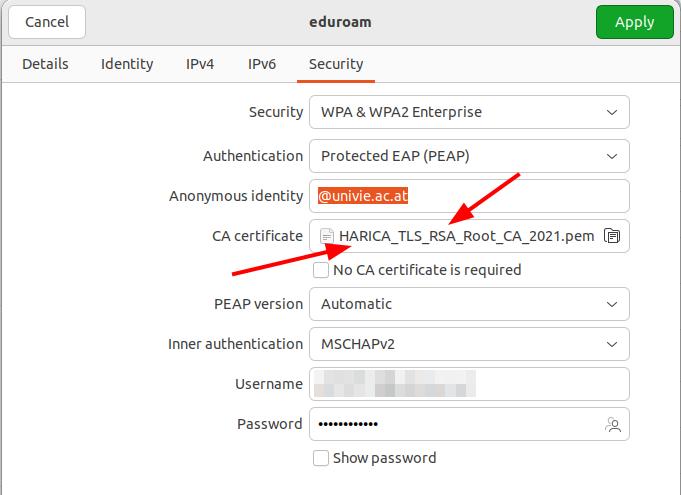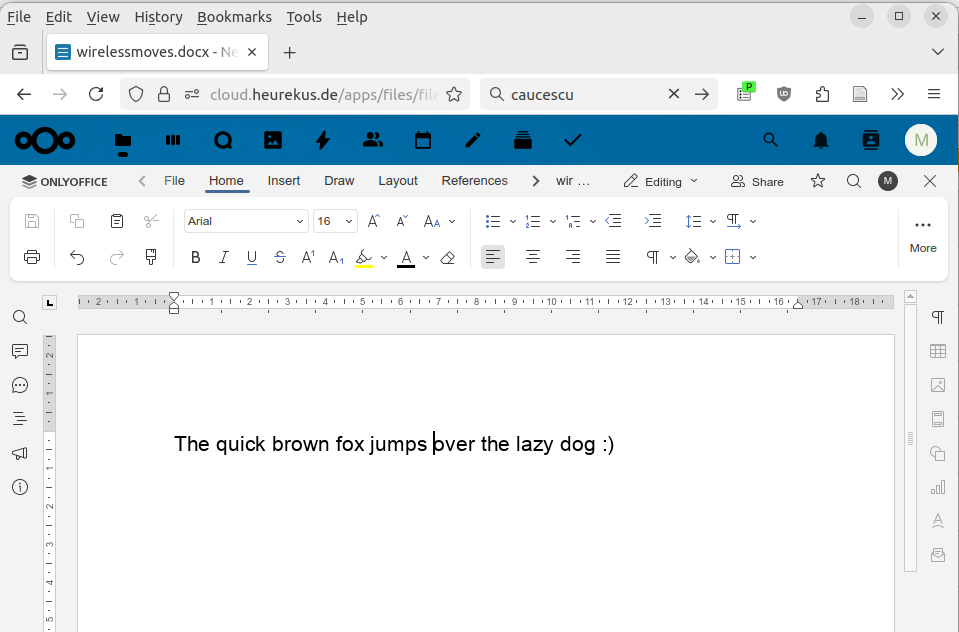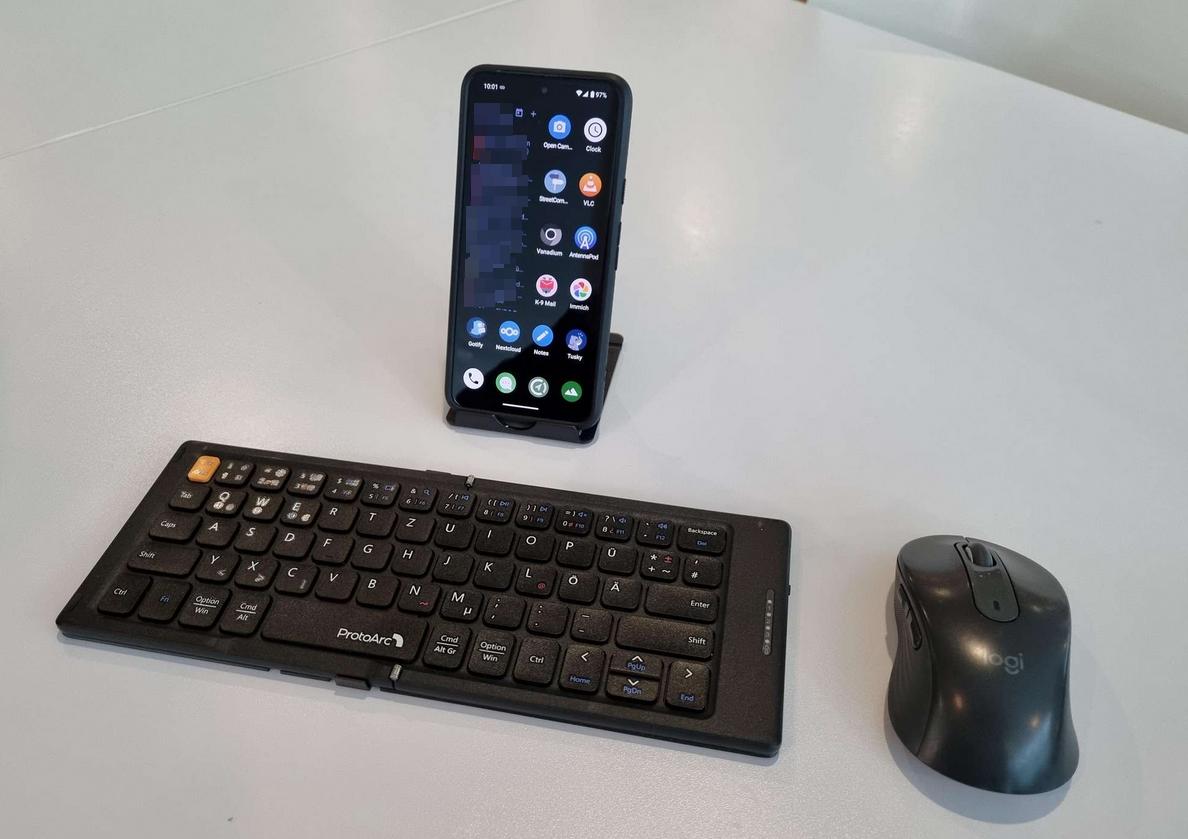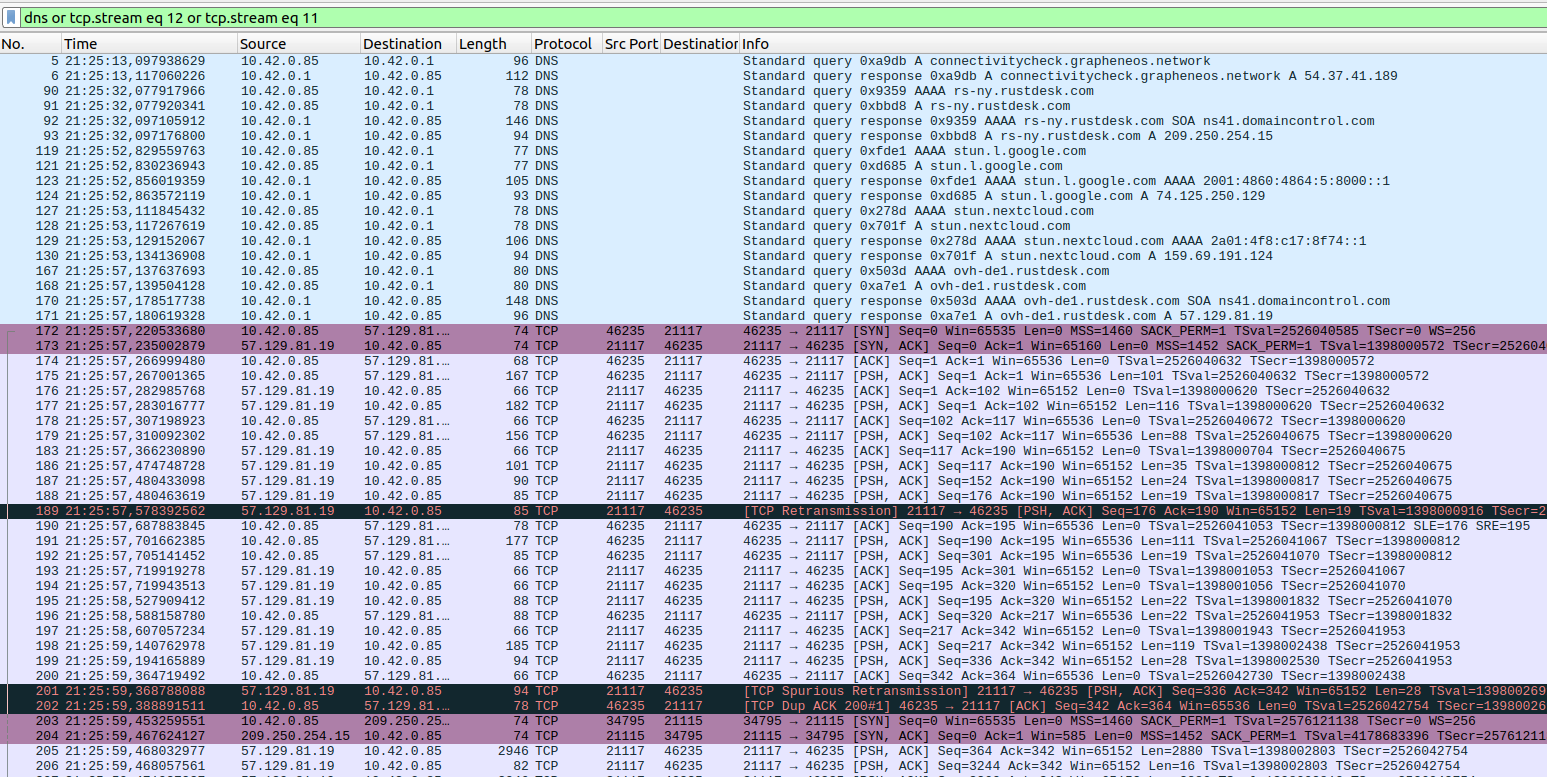In the first part of this series, I’ve given you an overview of the services I host on my own servers to be independent of hyperscalers and to keep my data private. The number of services is stunning so there must be a lot of hardware standing around. Well, not quite so, let’s have a look:
Continue reading Raising the Shields – 12 Years Later – Part 2 – HardwareCategory: Uncategorized
Raising the Shields – 12 Years Later – Part 1 – Software
Back in 2013, i.e. 12 years ago, I decided that my private data must remain my own and started to self-host all essential services at my home. Not only for me, but also for my family and for my friends. Over those years, I’ve added more and more services and improved the redundancy of my setup. Some things came, some things went, and I thought it’s time to document my current hardware and software setup. So here we go with the software:
Continue reading Raising the Shields – 12 Years Later – Part 1 – SoftwareMore on SSD Wear: My Other Servers
In the previous post, I discussed how much data was written and read to and from the SSDs in my bare metal server in a data center over the course of a year. While this is my main server, I do have additional smaller servers at home for other purposes. One serves as redundancy for some of my services so that in case that server in the data center fails, I can recover from it quickly by temporarily switching over to the backup server. In these servers I have SSDs that are 6 and 8 years old, so they’ve been around for a while.
Continue reading More on SSD Wear: My Other ServersSSD Wear On My Server: 43 TB per Year

About a year ago, I moved one of my main bare metal servers from a datacenter in Finland to a datacenter of another provider in France. Like the old server, the current server has two 1 TB SSDs. Now that a year has passed, I was wondering how much data has been written to the SSDs by the applications running on it. While the number itself is interesting, the second interesting thing is how much life the SSD has left if my usage pattern remained the same. So let’s have a closer look.
Continue reading SSD Wear On My Server: 43 TB per YearNetwork Coverage Maps for All German Network Operators
I recently wanted to check where and how much LTE and 5G network coverage one of the German network operators really has these days. The problem: I couldn’t find coverage maps provided by that network operator on the Internet. But what I found instead was the maps of the Bundesnetzagentur, the German telecoms regulator, that show the fixed and mobile network availability of all German network operators. I had no idea that this website existed and I was positively surprised of how detailed the information is that is provided. So if you want to compare or just find out which network is available in a certain town, street or location, have a look there instead of trying to find coverage maps on the web sites of individual companies. Very nice! If you are aware of such coverage maps of network operators / regulators in other countries, please consider leaving a comment. Thanks!
Hyperscalers at Home
I recently attended a session that focused on how to provide cloud native hardware and software in a telecoms environment today. In other words: How can network operators deploy hardware and software in their data centers to build Kubnernetes clusters, huge storage capacities and ultra fast networking that are the basis today for all kinds of (5G) telecom workloads? Such workloads are for example the 5G core network functions, think 3GPP AMF (Access Management Function), SMF (Session Management Function), UPF (User Plane Function), but also the the subscriber database, legacy workloads such as a virtual EPC (LTE core network), IMS functions for voice calls, etc. etc.
The theory is easy: Roll-in some hardware, put Kubernetes on it and then deploy 3GPP software components into them. After all, the idea is that Kubernetes is Kubernetes, and workloads running in the cluster are shielded form the hardware setup below.
In reality, however, it’s not quite that straight forward…
Continue reading Hyperscalers at HomeUniversity of Vienna’s Eduroam Certificate Hopping

Recently, the Eduroam Wi-Fi access, courtesy of the University of Vienna of a device I administer, stopped working. At first I thought it was a temporary outage but after a few days, that theory went out the window, as connection establishment kept failing. A quick look at the /var/log/syslog revealed that the certificate check failed. But why and why now?
Continue reading University of Vienna’s Eduroam Certificate HoppingThe Online Office Inflection Point – 2025

I recently noticed just how much I use my online office suite in Nextcloud these days and I have definitely reached a point where I use it more than I use Libreoffice installed on my notebook. There are a number of reasons for this.
Continue reading The Online Office Inflection Point – 2025Back to the Roots – Ultra Mobile Work Instead of Taking the Notebook

It’s been almost 20 years! Back in 2008, I wrote about the equipment I used to report from Mobile World Congress: My smartphone and a Bluetooth keyboard. This worked quite nicely for some time and I used the setup for many occasions. Eventually, however, notebooks got lighter and smaller and the size and mobility of a smartphone in combination with a foldable keyboard vs. versatility of a notebook shifted towards the notebook. For almost two decades! But now, ultra mobile work and productive quality time with the smartphone is back for me!
Continue reading Back to the Roots – Ultra Mobile Work Instead of Taking the NotebookRustDesk – Part 3 – Project Setup and Network Traffic

And on we go with yet another look at Rustdesk, a cool software for remote support, particularly for smartphones in my case: How does the project set-up look like and how does it transfer data over the network?
Project Setup, Licenses, Code Availability
Before coming to the network traffic, I decided to say a few words about the project setup, because I find it a bit strange. When looking at their website, an address for a company office in Singapore is given. On a different page, it is stated the the laws of the Cayman Islands apply. And that’s pretty much it. In other words, it looks a bit strange.
On the positive side, the server and client software is hosted on Github under the AGPL-3.0 and MIT licenses, so the code can be inspected and forked. Another plus is that the client is available on F-Droid, where it is compiled by the project rather than by the author. Also on the positive side, the project’s documentation and FAQ is very extensive, so it looks to me like it is currently well maintained. Also, apart from the free community edition, they do have paid plans with extra features, so they probably have a sustainable setup.
Continue reading RustDesk – Part 3 – Project Setup and Network Traffic